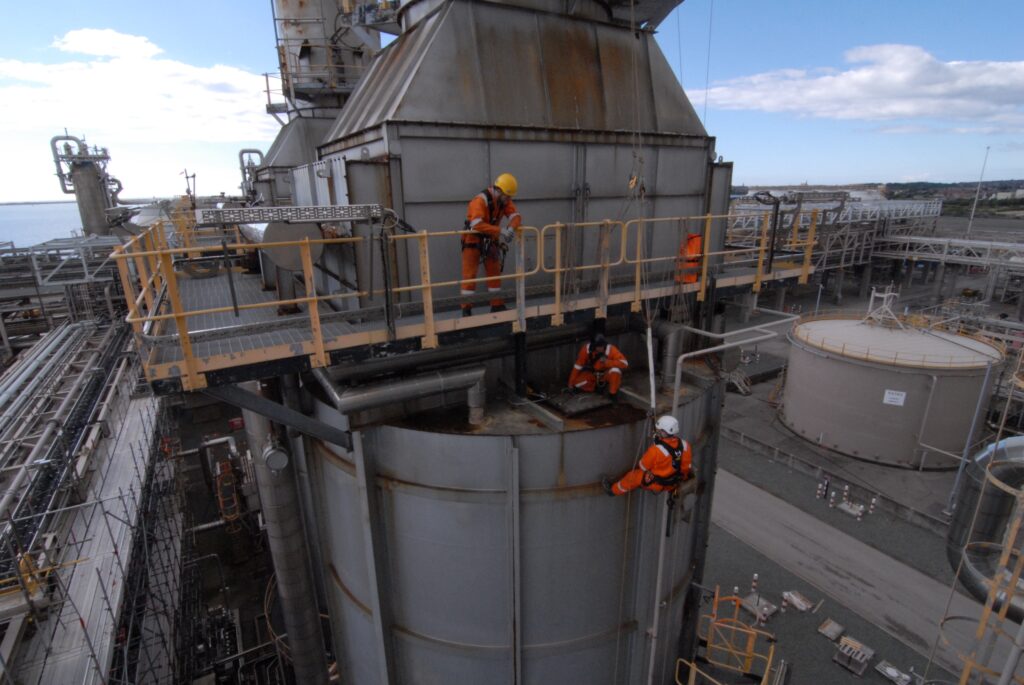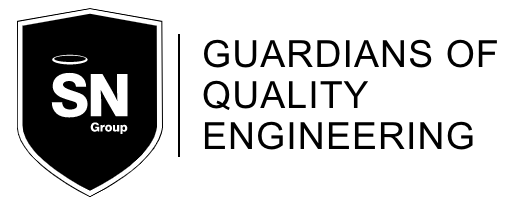SN-Access provides a comprehensive industrial rope access service. The typical activities performed by SN-Access can be broadly categorised into:
- Building and Bridge Inspection
- Building Maintenance
- Process Facility Support
- Non-Destructive Testing (NDT)
Regardless of location or task, any work undertaken by SN-Access is done so under a ‘safe system of work’. This means that the workscope has been properly risk assessed, planned and managed in accordance with current legislation and best working practices, namely:
- The Work at Height Regulations 2005
- BS 7985:2009 – Code of Practice for the use of rope access methods for industrial purposes
- ISO 22846:2012 – Rope access systems: Code of Practice
- Industrial Rope Access Trade Association (IRATA) – International Code of Practice
All rope access operations will be undertaken by a minimum of 2 technicians, working as a team, both of whom will carry IRATA qualifications. The team leader will be IRATA level 3 qualified.

About Rope Access and Working at Height
Rope Access is a method of working at height. In this respect, it is no different to a scaffold, a MEWP, or a traditional set of ladders.
Different methods of working at height, bring certain advantages and disadvantages, and in any given situation, some forms will be more suitable than others. For example scaffold provides access for multiple trades at any time (this is an advantage), but it is also slow and costly to erect (disadvantage). By comparison, a set of ladders are quick to erect (advantage) but only allow one tradesman at a time to work (disadvantage).
The Work at Height Regulations 2005 are designed to force companies/ responsible individuals to analyse their work at height requirements. In analysing their requirements they will need to ascertain whether the work can be done without exposing personnel to a fall hazard. If a fall hazard cannot be eliminated then control measures must be applied to guard against falls and protect against personal injury (limiting the distance anyone could fall and the consequences of that fall).
It many work situations, protection against the fall hazard is most appropriately guarded against by suspension from a twin rope system.
The advantages of rope access are that:
- A skilled operative can gain access to a work location quickly – which is particularly useful if multiple isolated locations require to be visited for the purpose of undertaking minor works.
- There is no consequential damage to the façade of a building or structure caused by scaffold tie in points, or damage to building grounds, caused by the wheels or tracks of a powered access system.
- Rope access has a proven safety record having been used extensively in the safety conscious offshore oil and gas sector for over 25 years.

